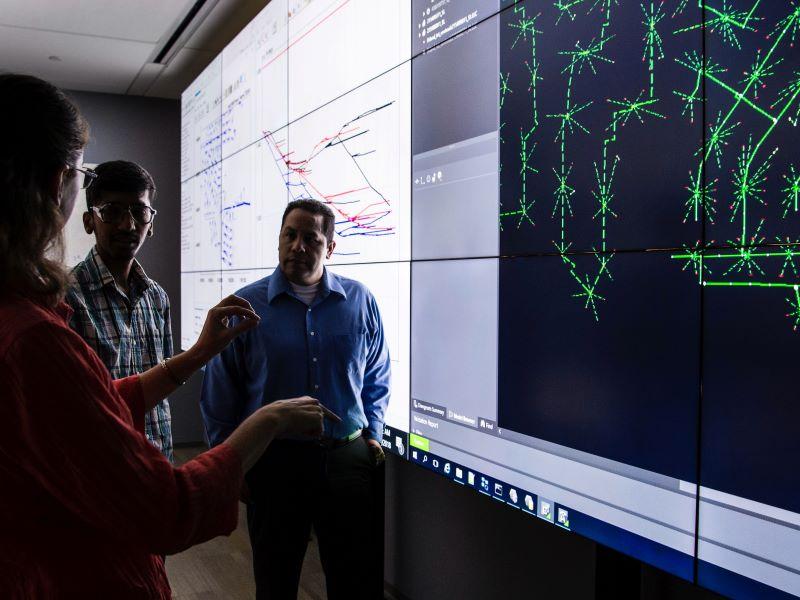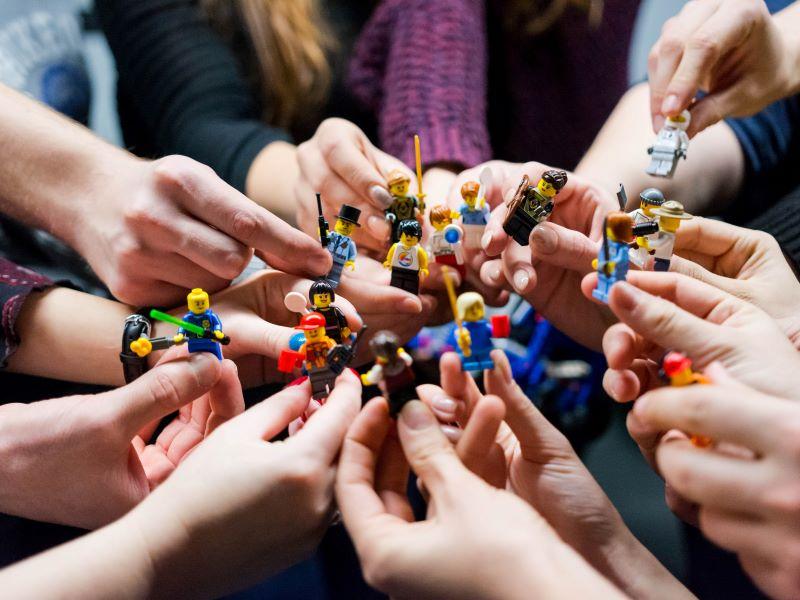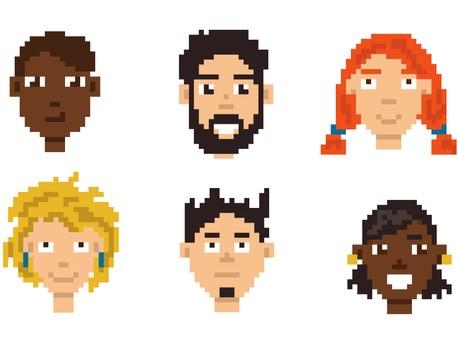In today’s rapidly evolving job market, innovation and creativity have become crucial skills for graduates. Our research has shown that employers are looking for employees who can think outside the box, adapt to change and devise innovative solutions to complex problems. As educators, we play a vital role in preparing students for these challenges by enabling creativity within curricula. Here, we will explore the importance of innovation and creativity in graduate jobs and discuss how educators can facilitate creativity through innovative teaching and assessment techniques.
Innovation and creativity go hand in hand with problem-solving. When faced with challenges, individuals who can think creatively are more likely to come up with effective solutions and be better at adapting to changing circumstances. Employers in industries such as services, retailing, technology, design, marketing and entrepreneurship highly value the ability to think creatively and come up with innovative ideas. This approach also instils a sense of responsibility and accountability.
- Resource collection: What innovation needs to thrive in higher education
- Making space for creativity in higher education
- Five ways to apply a creative mindset to education
But how can educators foster creativity in their students? Traditional teaching methods often prioritise theoretical learning and standardised assessments, generally geared towards certain answers and leaving little room for creativity to flourish.
In our authentic assessment, students are expected to develop a competitive and innovative product as the outcome of their theoretical learning, which is applied to a real-life challenge. We argue that an experiential learning approach enables students to gain future skills and help them develop confidence, autonomy, self-governance and better learning opportunities. Experiential learning is different from theoretical learning as it focuses on behavioural changes through experiencing real-world challenges, rather than theoretical cognition. Students can be given the opportunity to design new shops, create adverts and solve challenges, such as designing sustainable packaging. Using the various media, students can also demonstrate their creative work and innovations to potential employers.
We often see that this task can be daunting to our students from non-marketing academic backgrounds. Taking this on board, we offer a supportive environment to scaffold student learning, helping them to feel comfortable to “think outside the box” and demonstrate their creativity.
Our process has a few simple elements. We use small-group dynamics to allow students to build on their strengths, offering constructive formative feedback while taking turns to give them different perspectives, and we use innovative digital tools that they can adopt.
Here are three ideas that have helped us spark creativity in our lessons:
- Embrace AI: Today’s students will need to work in AI-induced environments. Bringing AI platforms to the classroom will help students learn how to use them while showcasing their experience in authentic assessments. By incorporating AI into the curriculum, educators can create a dynamic and engaging learning environment that encourages students to think critically and creatively.
- Introduce Lego Serious Play: This methodology uses Lego bricks as a tool for creative thinking and problem-solving. It’s particularly successful at the start of the creative process as Lego breaks down barriers and, by being fun and enjoyable, enables students to communicate their ideas in a simple visual format. Students are encouraged to build models that represent their ideas and concepts, allowing them to explore different perspectives. Lego Serious Play promotes collaboration, communication and creativity, making it an effective tool for fostering innovation in business schools. Through hands-on activities and group discussions, students learn to work together, share ideas and build upon each other’s creativity. This collaborative approach prepares them for the teamwork and interdisciplinary collaboration required in the modern workplace.
- Focus on the product: Authentic assessments not only foster creativity by focusing on the final product, but also boost learner motivation by enhancing student engagement with the subject. Students enjoy the work and prefer these assessments as they better reflect their learning and enable skill development, according to research.
In our module at Birmingham, we combine all three elements to stimulate creativity and offer students an exciting way to engage with module content. By offering a visual and creative assessment, we allow students complete freedom to design their own retail or service places, offering innovative elements to stand out in a competitive marketplace. Our motto is: “If they can think it, they can design it.” Unencumbered from traditional format restrictions, students can use a variety of digital tools to bring their visions to life. The assignment concludes with a video portfolio, showcasing their work. The students involved report increased engagement, improved problem-solving skills and a greater sense of creativity, and gain skills that they can showcase to their future employers.
Educators have a crucial role to play in fostering creativity at business schools. By integrating an innovative experiential learning approach and combing techniques such as AI, Lego Serious Play and digitalisation, educators can prepare students for future jobs and boost their employability.
Sarah Montano is professor of retail marketing and Inci Toral is associate professor at Birmingham Business School, University of Birmingham.




comment